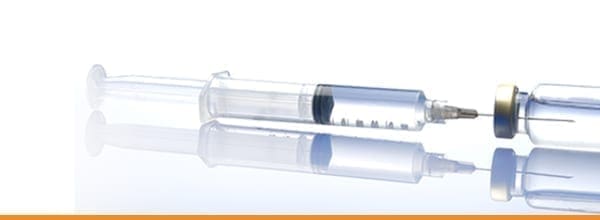How Epidermal Nerve Fiber Density is used to diagnose and treat patients with small fiber peripheral neuropathy
Elizabeth Campbell2020-11-30T09:54:17-05:00Diagnostic confirmation allows for the most effective treatment BakoDx’s epidermal nerve fiber density (ENFD) analysis is an objective diagnostic tool used to monitor and manage patients with small fiber peripheral neuropathy (SFPN). The analysis not only provides definitive confirmation of SFPN, but also enables better assessment of the severity of the neuropathic process, which may have treatment implications. ENFD analysis may also reveal degenerative changes in those patients with normal densities, which may predict the future onset of SFPN. SFPN may present with varying symptoms, however, most commonly presents with burning/shooting pains, pins and needle sensation or numbness and [...]

